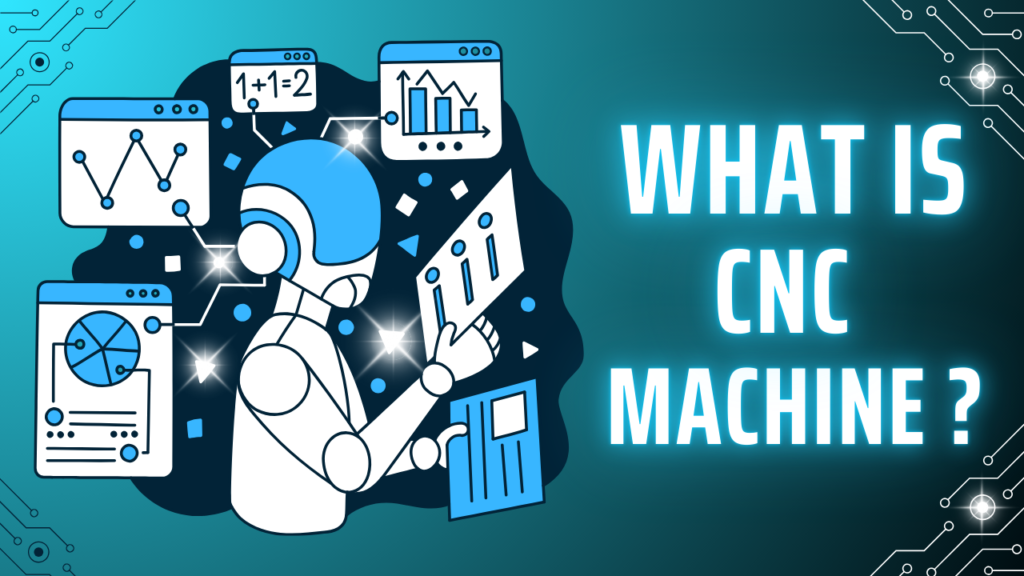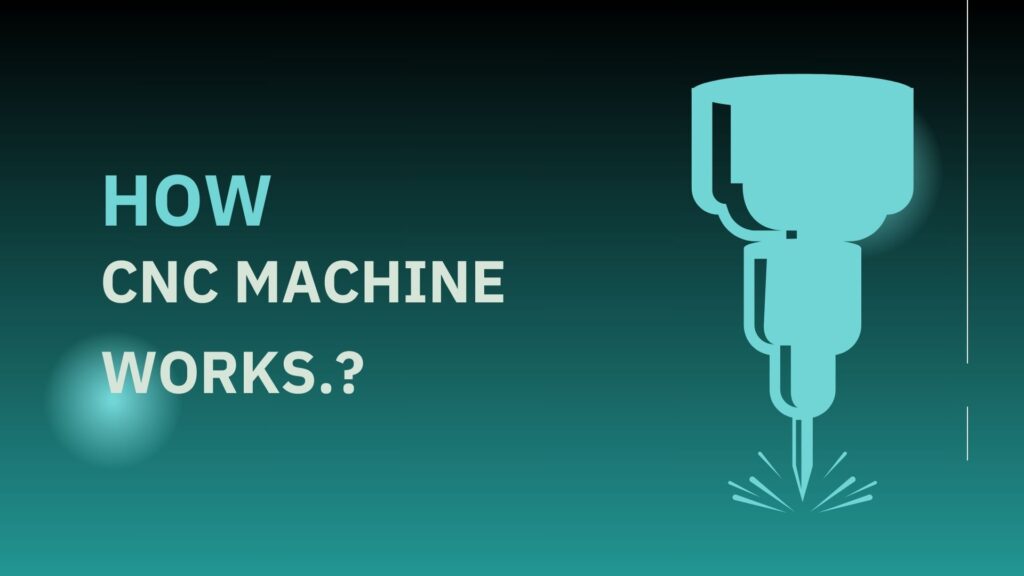People are curious about what is cnc machine ? So , here Know what is it. Manufacturing technology remains an essential aspect in the current world hence the need to be precise and efficient while integrating the automation process. Something that precipitates these factors is the CNC machine, which is one of the most important technological developments. CNC is an acronym C omputer Numerical Control that has become influential for the design, creation, and production, in industries of the world of part, product and various assemblies with high precision. So just what is a CNC machine? This paper explains how it works and why it has become central to manufacturing in the contemporary world.
In this blog, you’re going to learn what exactly is a CNC machine, how does it work and why is it so important in industries. For a beginner, if you’re searching to get accustomedize with cnc great and for experienced user who want to collect more details about it this guide is best to know one of the most strong power tools in modern production.
What is CNC Machine?
CNC is, therefore, a manufacturing tool that employs computer numerical control in the accomplishment of a machining task. Namely, CNC machines operate through a computer and are used to cutting, drilling, milling, turning or engraving amongst other procedures. These machines replaced orthodox input, whereby human operators operated the machines mechanically input from computerized input.

The machine works using a G-code (or in some occasions M-code) computer program produced in a proprietary programming language that controls the motion and functions of the machine. The CNC controller then translate these commands into specific movements of the parts of the machine such as the motors controlling the movement of a job or tool, the spindle drive that turns the cutting tool and the axis systems which determines the position of the tool in relation to the job.
CNC technology is applied in car production industry, aerospace industry, medical industry for producing devices, carpentry etc. Due to the high degree of flexibility as well as accuracy of operation, CNC machines are an invaluable component of modern manufacturing.
How CNC Machines Work
At the core of what is CNC machine lies the question: What is the mechanics of a CNC machine? The process can be broken down into a series of steps:

- Designing the Part :
The first thing that has to be done anytime a CNC machine is to be used is designing the part or the component which is intended to be produced. Part designs usually involve utilization of CAD software through which the engineer develops either a 2D or 3D model of the part. This model comprises all the necessary details or characteristic in relation to the feature, size, and measurements that define the part. CAD software is used to detail and accurately visualize the component in order to create it to the right standard. - Converting the Design into CNC Code : The two components of the design were then translated into CNC code.
The data used in the end is derived from the final CAD model where the material is cut with fine details for conversion into machine language. This is done by CAM (Computer Aided Manufacturing), which a turns the design created into g-code. G-code is a language that those CNC machines accept because they were programmed in it. It provides information to the machine including speed of the tool, direction it should take, type of tool to use and depth of the cut to make. For example, a typical G-code instruction might look like this: G01 X1 Y1 Z0.25 F500 This command translates a command to the CNC machine to positioning of the tool along the X, Y and Z axis to position (1, 1 , 0.25) with the feed rate of 500 (it is the speed with which tool should move).
- Setting Up the CNC Machine
The next thing to do under the program is to install a CNC machine. This entails the placement of the workpiece onto the machine, fixing the workpiece properly on the machine and fixing the appropriate cutting tools in the spindle or tool post of the machine. The operator also has to set appropriate operational parameters for the given item, like speed of spindle, feed rate as well as tool offsets in order for the machine to be able to work on the material. - Running the CNC Machine
Once all the steps are done, the CNC machine starts its operation process. The data in form of G-code is read by the CNC controller and this established a relation with the motors and/or actuators that control the tool and the workpiece. As a result of these commands, the required operations of cutting, drilling, milling or turning can be performed by this CNC machine with unbelievable precision.
A CNC machine typically operates on one or more of the following axes:
X-axis: Direction as specific spatial type (horizontal; left-to-right).
Y-axis: It mainly describes the Ceiling Mobility : vertical movement movement (up and down).
Z-axis: Movement in and out (depth).
Rotary axes (A, B, C): Swing or tilting of the workpiece or tool to allow increased levels of operation.
- Monitoring and Fine-Tuning
Therefore, while the actual control of the working process is accomplished by the use of CNC machines, human control remains an integral factor. Operators observe the progress of the machine to determine if something is not right mechanically, aligned, or tools worn out. Things can be done if it is necessary to fix the problem in the program and if necessary more fixing can be done on the machine to make the part as expected. - Post-Processing and Inspection : To achieve precise assessment and correct measurement, there are additional post-processing and inspection processes involved in the methods.
After the machining process the final product is pulled out from the CNC machine. It can also go through subsequent operations like, polishing or deburring or derusting or finishing of any kind. Finally, the part is checked to see if it has to within a certain tolerance and dimensional accuracy. This inspection can be carried out with the help of CMMs, caliper or laser scanner depending on the accuracy required on the component.
